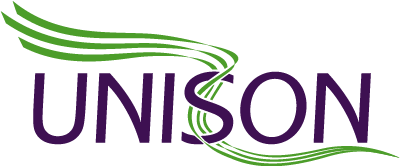Almost two thirds of workers who successfully claim compensation for needlestick injuries are cleaners – mainly because the needles weren’t correctly disposed.
“These figures are a timely reminder of the risks to health and safety posed by used needlesticks, and how they can affect staff in all sectors, and not just clinical staff,” warned UNISON assistant national health and safety officer Robert Baughan.
He was speaking at the start of European Health and Safety Week, which focuses this year on hazardous substances.
A UNISON analysis of nearly 100 successful compensation claims for needlestick injuries lodged by union members over the five years showed that 62% of them came from cleaning staff in all sectors, including health, social care, education and local government.
Three quarter of the injuries came from incorrectly sorted needlesticks, or ones that weren’t disposed of correctly. The rest came from discarded needles. None of the needlesticks concerned were safety devices.
Injuries by used needlesticks and others harps can lead to infection by blood-borne viruses such as HIV and hepatitis B and C.
Post-exposure treatments have improved over the years, which has reduced the risk of exposure to these viruses becoming life threatening. But they have not eliminated it.
And the treatments, normally lasting 28 days, are stressful and often have unpleasant side effects such as tiredness, diarrhoea, nausea and vomiting.
UNISON’s advice to any member injured by a sharp, including needlesticks, is urgently seek medical advice.
Mr Baughan said the figures also “show the importance of employers adopting safe working practices, particularly the use and disposal of safety needlestick devices.”
Find out more about European Health and Safety Week 2018 (22-28 October)

